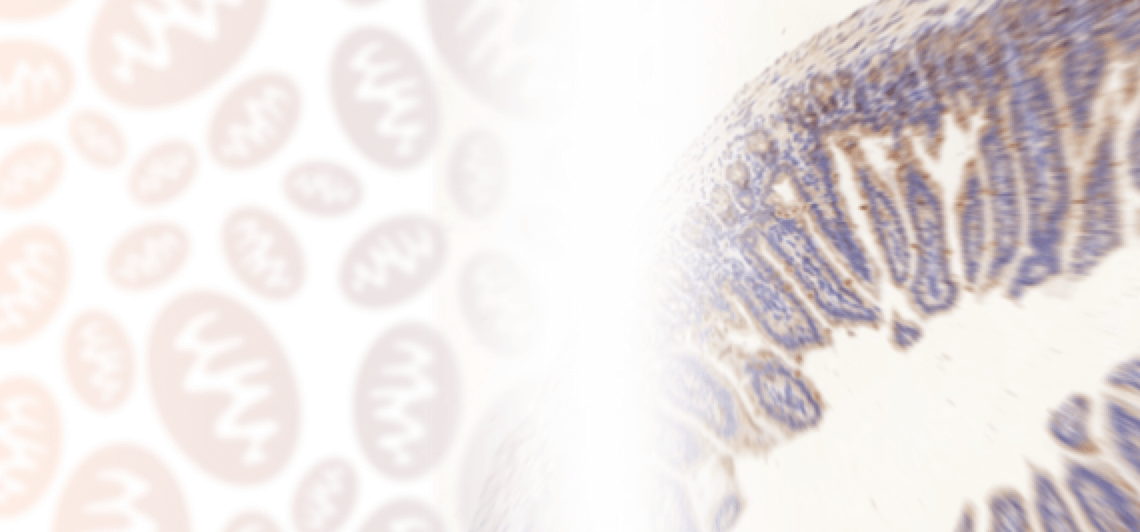Immunohistochemistry troubleshooter
Related articles
Secondary antibodies resources
Alexa Fluor secondary antibodies
Biotinylated secondary antibodies
Enhancing Detection of Low-Abundance Proteins
9 tips for detecting phosphorylation events using a Western Blot
Western Blotting with Tissue Lysates
Immunohistochemistry introduction
Immunohistochemistry and Immunocytochemistry
Immunohistochemistry troubleshooter
Chromogenic and Fluorescent detection
Preparing paraffin-embedded and frozen samples for Immunohistochemistry

Immunohistochemistry troubleshooter
Immunohistochemistry is a technique, which requires several preparation steps and executing them right is essential for a successful experiment. Usually, there might be issues with the staining, background and controls used. In this trouble-shooter, we’ll explain the most common issues and how to avoid them.
Staining problems
One reason why staining is not visible might be the primary and secondary antibodies. If they are not compatible with each other or not enough has been used, this can lead to staining issues. To prevent this problem, checking the compatibility of the primary and secondary isotypes and optimising the primary antibody’s concentration should be enough.
Handling and storage of the antibodies and kits is also important. If they are stored at different temperatures than the ones specified in the data sheets, they can lose activity and interfere with the experiment.
Using a positive control to check for this issue is advisable. Also, ensuring that the antibody that you have chosen has previously been used for IHC or is validated for the specific type of immunohistochemistry is important, because sometimes the antibodies can’t recognise the protein in its native state.
Proteins can also cause issues with this type of experiment. If the target protein is not present in the tissue or is present but in very small amounts, the staining might not work as expected. Reading the literature to confirm that the protein is expected to be found in the tissue and running signal amplification can help with this issue.
When performing a IHC with fluorescent detection, it is important to shield the secondary antibodies from light. If they are left in the open, this can lead to photobleaching, which will alter its capabilities.
Lastly, some fixation procedures can mask the epitope. This can be prevented by either shortening the fixation time or changing the antigen retrieval method completely.
High background issues
To begin, high background can be caused by non-specific binding from the secondary antibody. As previously discussed, using controls and secondary antibodies that have been raised in a different species compared to the sample should eliminate this problem. In other cases, optimising the blocking incubation time and switching the blocking agent can prevent this type of binding.
Following the protocols and data sheets is important. If the primary antibody concentration, incubation temperature and time and washing cycles are not optimal for the experiment, background issues will persist. Optimising all these factors can ensure successful experiment.
Another cause for high background may be false positives coming from the endogenous enzymes. This can be prevented by blocking them with inhibitors before the start of the immunostaining step.
Handling the tissues should be done with care. If high background is observed near the edges of the tissue and no other reasons are found, then the problem might be that the section has dried out. This is easily prevented by storing the sections inside a humidified space or chamber.
